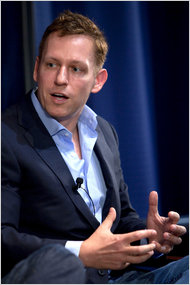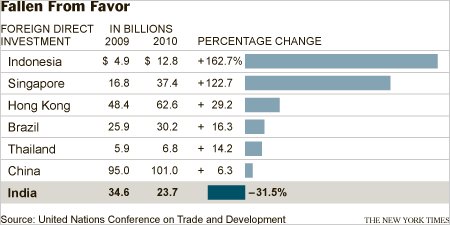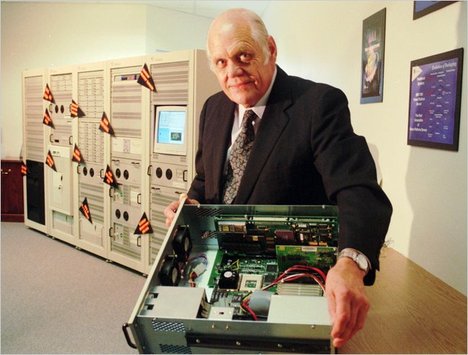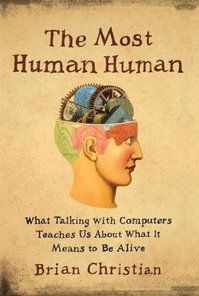
“Peter Thiel.” Source of caption and photo: online version of the NYT article quoted and cited below.
(p. B4) Parents, do you hope that your children have the chance to become like Peter Thiel, the PayPal co-founder, Facebook investor and hedge fund manager? If so, Mr. Thiel suggests that you encourage them to drop out of school. In fact, he will help by paying them to do it.
On Wednesday, the Thiel Foundation, funded by Mr. Thiel, announced the first group of Thiel Fellows, 24 people under 20 who have agreed to drop out of school in exchange for a $100,000 grant and mentorship to start a tech company.
More than 400 people applied. The winners include Laura Deming, 17, who is developing antiaging therapies; Faheem Zaman, 18, who is building mobile payment systems for developing countries; and John Burnham, 18, who is working on extracting minerals from asteroids and comets.
. . .
Mr. Thiel, a contrarian investor and libertarian known for his controversial views, knows that suggesting that education is not always worth it strikes at the core of many Americans’ beliefs. But that is exactly why is he doing it.
“We’re not saying that everybody should drop out of college,” he said. The fellows agree to stop getting a formal education for two years but can always go back to school. The problem, he said, is that “in our society the default assumption is that everybody has to go to college.”
“I believe you have a bubble whenever you have something that’s overvalued and intensely believed,” Mr. Thiel said. “In education, you have this clear price escalation without incredible improvement in the product. At the same time you have this incredible intensity of belief that this is what people have to do. In that way it seems very similar in some ways to the housing bubble and the tech bubble.”
. . .
“What I really liked about this program is it’s giving a lot of people who maybe wouldn’t get into Harvard an opportunity to participate in something just as selective and just as valuable and just as educational,” Mr. Burnham said. “It’s giving them that opportunity even though their personalities and characters don’t quite fit the academic mold.”
His father, Stephen Burnham, said the decision for his son to skip college, at least for now, was uncontroversial.
“There’s a lot of other stuff that you get in college and I would say that would be useful for John,” he said. “But I would say in four years there’s a big opportunity cost there if you could be out starting your career doing something that could change the world.”
For the full story, see:
CLAIRE CAIN MILLER. “Changing the World by Dropping Out.” The New York Times (Mon., May 30, 2011): B4.
(Note: ellipses added.)
(Note: the online version of the story is dated May 25 (sic), 2011, has the title “Want Success in Silicon Valley? Drop Out of School,” and is longer than the published version. Most of what is quoted above appears in both the published and online versions, but some (most notably the paragraph on the education bubble and the quotes from Stephen Burnham) appear only in the online verison.)









